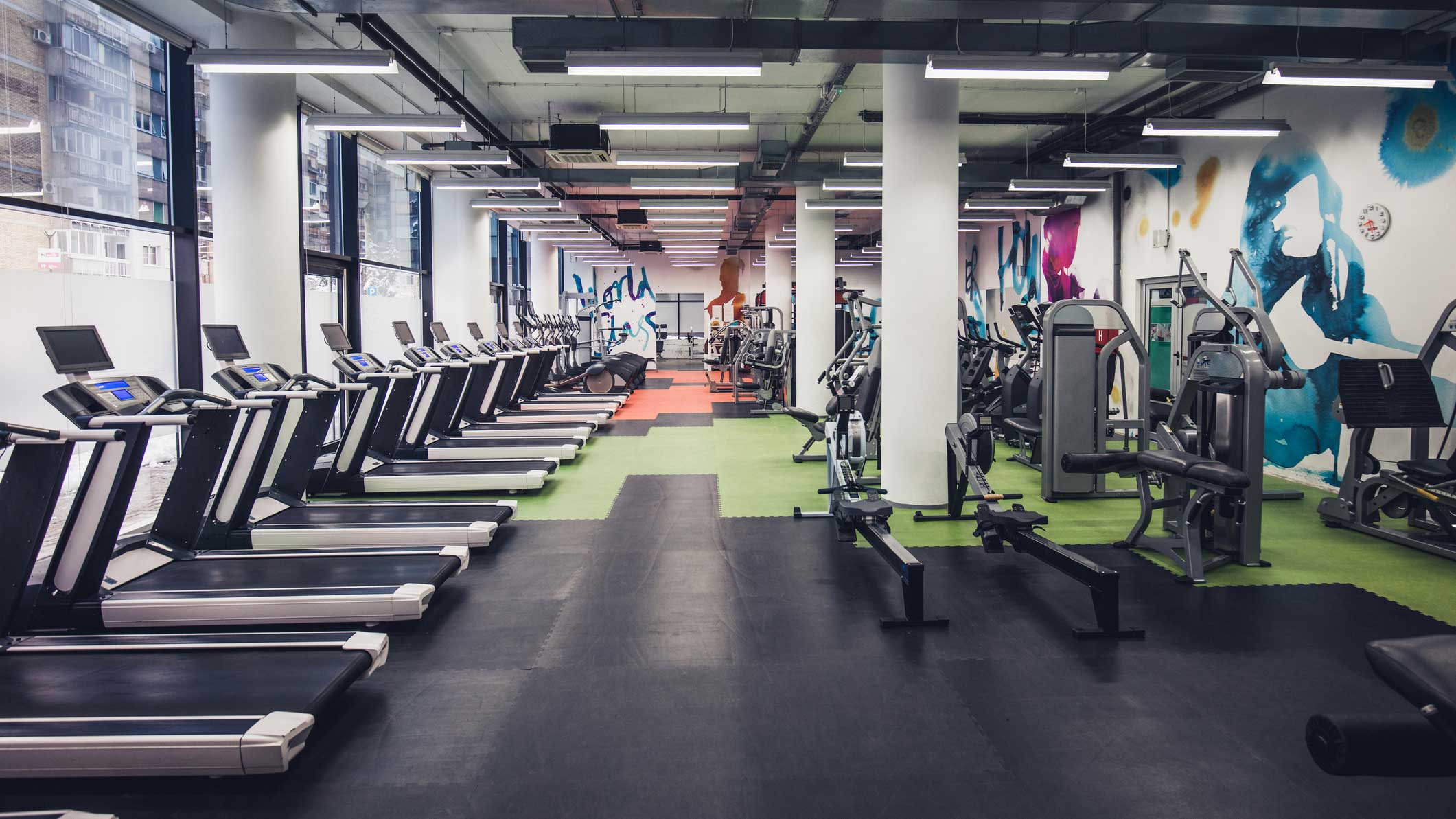Gyms Are Reopening. But Will People Go?

When COVID-19 restrictions are lifted in Washington state, Joemarie Rodriguez says her first stop will be her Everett gym: “With a mask and hand sanitizer on my hydration belt, but yes, immediately!”
Gordon Wright of Sausalito, California, won’t be joining her: “Oh, no. Oh, hell no. Not until I have a vaccine in my arm and daily deaths equal zero,” Wright says of returning to his workout facility. “I love my gym, but gyms are the one place in pre-COVID life where hand sanitizer is all over the place–for good reason.”
When asked about their plans regarding their gym memberships, over one-third (36.57%) of respondents globally said they have already canceled (12.39%) or are considering canceling their memberships (24.18%).
“I’m quitting my gym because of how poorly they managed things initially,” says Jonathan Levitt of Boston, Massachusetts. “They fired their whole staff, but kept charging membership for two more months. It remained impossible to actually speak with someone who worked there about membership. That doesn’t bode well for how they handle things in the future. I can’t imagine they’ll be well-prepared to open.”
Though health and safety are the top concerns for staying away from the gym, Nicholas Rizzo of RunRepeat says changing sentiments about the utility of workout facilities are also in play: “[The pandemic] pushed people towards options for at-home fitness, especially at-home fitness technology from those like Peloton or the many online fitness streaming options. It seemed clear from home workout equipment being sold out almost everywhere that people were investing in replacing their gyms with home workouts.”
For triathletes, however, gyms offer an essential training tool most can’t build at home: a pool. “Most of our competitive lap pools are indoors here,” says Jennifer Harrison of West Dundee, Illinois. “If and when our pools open again, I would absolutely go back to swimming.” Still, she says she’d like to see some safety protocols in place, such as a cap on the number of swimmers allowed at one time or a staggered usage system to allow for physical distancing. But even those protocols don’t offer enough to ease the concerns of some triathletes. Sam Wikinson of Middleville, Michigan, says he’ll simply turn to open-water swimming: “I’m anxiously awaiting our lake to get at least 60 degrees [Fahrenheit].”
Mandated closures, combined with a mass exodus of members, has been a tough one-two punch for many gym owners. Even facilities that adapted to the new socially-distant landscape are struggling, says Shawna Gibson, owner of The Brick Gym in Fort Worth, Texas: “I’m doing all I can to maintain as much business as I can. Within the first week of the shutdown, I hand-delivered weights to clients all over the metroplex, programmed over 20 different classes each week, made myself available from 4 a.m. to 7 p.m. seven days a week. I’m like having a personalized live app at your fingertips.” Still, Gibson says she is losing clients daily: “We have lost 68% revenue, and it will be more for June.”
What does this mean for the long term? Rizzo says it’s possible people will develop new habits surrounding at-home workouts and other alternatives to the gym, which may lead to people preferring these options over the traditional workout facility.
“The [gym] industry has potentially lost many millions of members, with more actively considering,” says Rizzo. “All of which is happening before the first attempts to reopen or having endured the struggles of a second wave.”